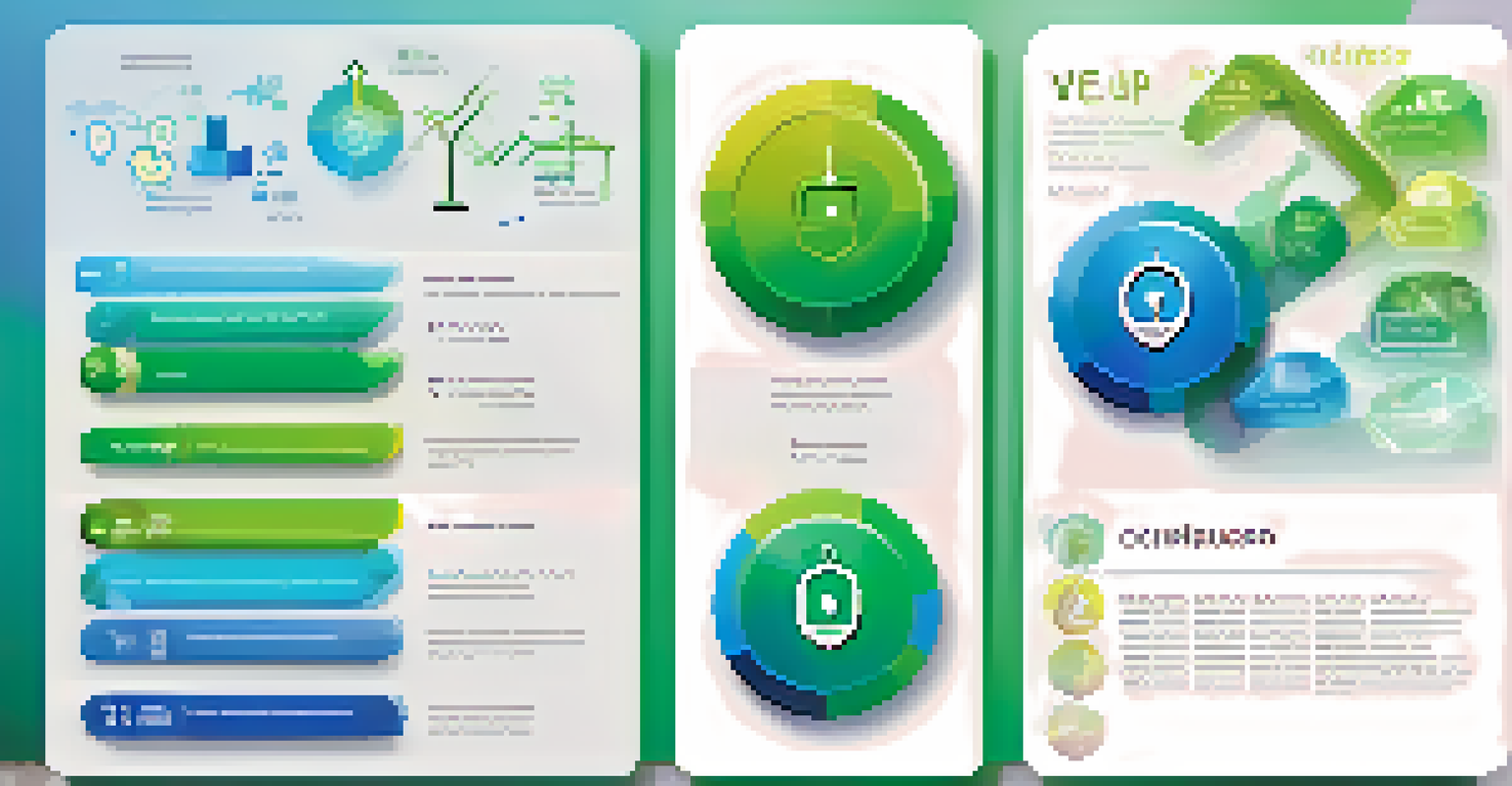Token Vesting vs. Lock-up: Understanding the Key Differences

What is Token Vesting and How Does It Work?
Token vesting is a process where tokens are released to holders over a specified period, rather than all at once. This gradual release encourages long-term commitment and prevents sudden market flooding. For instance, a project might distribute tokens monthly over four years, ensuring that team members and early investors remain engaged.
The best way to predict the future is to create it.
The main goal of token vesting is to align the interests of the project team with those of its investors. By locking tokens for a set duration, projects can promote stability and trust within the community. This setup helps ensure that team members are encouraged to work toward the project’s success over time.
Vesting schedules can vary significantly, with some projects offering cliff periods—where no tokens are released for a certain time—followed by regular distributions. This structure not only helps manage market supply but also incentivizes contributors to stay focused on their work, fostering a culture of dedication and accountability.
Understanding Token Lock-up: A Brief Overview
Token lock-up, on the other hand, refers to a period during which holders cannot access or sell their tokens. This approach is often employed right after a token sale to prevent immediate sell-offs that could destabilize the token's value. Think of it like putting your tokens in a safe; they’re secure, but you can't touch them until the lock-up period ends.

Lock-ups are typically used to stabilize markets and build investor confidence. By restricting the immediate availability of tokens, projects can create a more predictable trading environment. This helps prevent price volatility that might scare off potential investors looking for stability.
Token Vesting Encourages Commitment
Token vesting promotes long-term engagement by gradually releasing tokens to holders, aligning their interests with project success.
Unlike vesting, which gradually releases tokens, a lock-up is a fixed period with no token access at all. Once the lock-up expires, holders can sell their tokens freely, which can lead to significant price fluctuations depending on market conditions. This release can sometimes result in a rush to sell, causing temporary price drops.
Key Differences: Vesting vs. Lock-up Explained
The primary difference between token vesting and lock-up lies in how tokens are distributed over time. Vesting involves gradual distribution, while lock-up restricts access entirely for a set duration. This fundamental distinction affects how both investors and projects plan their strategies around token usage and market impact.
In investing, what is comfortable is rarely profitable.
For example, a project with a vesting schedule can maintain a steady flow of tokens into the market, potentially avoiding drastic price changes. In contrast, once a lock-up ends, there may be a sudden influx of tokens, leading to price volatility. Understanding these dynamics can help investors make informed decisions about their participation in projects.
Both strategies aim to build trust and stability, but they serve different purposes in the lifecycle of a token. Knowing when and how each method is used can empower investors to better navigate the crypto landscape and identify opportunities that align with their risk tolerance.
The Role of Vesting in Team and Investor Relations
Token vesting plays a crucial role in fostering strong relationships between project teams and investors. By ensuring that team members have a vested interest in the project's success, vesting creates a sense of accountability. This can lead to more transparent communication and collaboration between all parties involved.
For instance, if a team knows their tokens will be released over several years, they may be more motivated to deliver consistent updates and improvements. This long-term commitment can help build investor confidence, as they see the team working diligently to enhance the project's value.
Lock-up Stabilizes Market Prices
Token lock-up periods prevent immediate sell-offs after a sale, helping to stabilize token prices and build investor confidence.
Ultimately, effective token vesting strategies can lead to a more stable ecosystem, where both teams and investors feel secure in their investments. This mutual trust can significantly contribute to the project’s overall success and longevity in the competitive crypto market.
Lock-up Periods: Benefits and Risks for Investors
Lock-up periods can offer benefits and pose risks for investors alike. On one hand, they help stabilize the token's price immediately after a sale, making it a more attractive investment option. The promise of a lock-up can provide a sense of security, knowing that sudden sell-offs are less likely to occur.
However, the risk arises when the lock-up period ends. Investors must be prepared for potential price drops if many holders decide to sell at once. This phenomenon, known as 'lock-up expiration sell-off,' can lead to significant market fluctuations that may catch investors off guard.
It's essential for investors to do their homework on the specifics of lock-up periods before investing. Understanding the duration and the potential market impact can help them devise strategies that align with their investment goals, ensuring they navigate these challenges effectively.
Real-world Examples: Vesting and Lock-up in Action
To illustrate the differences between token vesting and lock-up, let’s consider a couple of popular cases. Take Ethereum, for example. The Ethereum Foundation utilized a vesting schedule for its team members, ensuring they remained committed to the project’s ongoing development and innovation over time.
Conversely, projects like Binance Coin (BNB) implemented lock-up periods after their initial coin offering (ICO). This helped stabilize the token's price in the short term, preventing a chaotic sell-off right after launch. As the lock-up ended, Binance was able to maintain a healthy market presence due to careful planning.
Vesting vs. Lock-up: Key Differences
Understanding the distinctions between token vesting and lock-up strategies is crucial for investors to navigate the crypto landscape effectively.
These examples highlight how different strategies can be tailored to suit the unique needs of each project. By observing how various projects implement vesting and lock-up, investors can gain insights into potential outcomes and make informed decisions.
Conclusion: Choosing the Right Strategy for Your Project
In conclusion, both token vesting and lock-up serve essential functions in the cryptocurrency landscape. Each has its unique benefits and challenges, depending on the project's objectives and investor expectations. Understanding these differences can help project teams create effective strategies that foster trust and stability.
It's crucial for teams to consider their long-term vision when choosing between vesting and lock-up. While vesting can encourage ongoing engagement, lock-up can provide immediate market stability. Balancing these elements can significantly impact a project's success and investor satisfaction.

Ultimately, whether you’re a project team or an investor, being informed about token vesting and lock-up can empower you to make better decisions. Knowledge is power in the fast-evolving world of cryptocurrency, so take the time to understand these concepts and their implications for your investments.